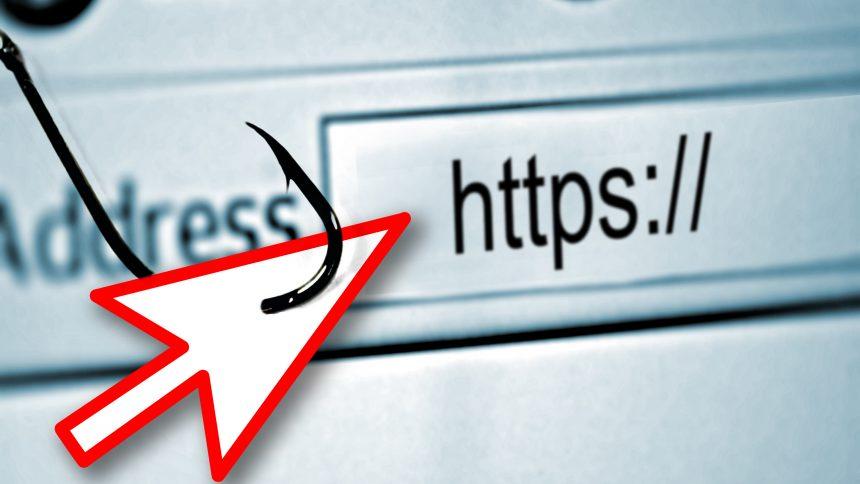SkyJem is a notorious malware that poses significant risks to computer systems, primarily targeting Windows operating systems. Once infected, SkyJem can cause a range of issues from performance degradation to compromising sensitive data and even enabling unauthorized access to the affected device. This guide delves into the details of SkyJem, its actions, consequences, detection names, similar threats, and provides a comprehensive removal guide along with best practices for preventing future infections.
Actions and Consequences of SkyJem Malware
SkyJem typically enters systems through deceptive downloads, malicious email attachments, or by exploiting vulnerabilities in outdated software. Once inside, it can perform various malicious actions, including:
- Data Theft: SkyJem may steal sensitive information such as login credentials, financial data, and personal files.
- System Modification: It can modify system settings, registry entries, and disable security features, making the system more vulnerable.
- Malicious Network Activity: The malware can initiate unauthorized network connections, potentially facilitating further malware downloads or data exfiltration.
- Performance Issues: Infected systems often experience sluggish performance, frequent crashes, and unexplained errors due to the malware’s resource-intensive activities.
Detection Names and Similar Threats
SkyJem is detected by various antivirus and security software under different names such as:
- Trojan:Win32/SkyJem
- Trojan.MalPack
- Win32/SkyJem.A
- Trojan.GenericKD.123456 (example)
Similar threats include other trojans and malware that utilize similar infection vectors and behaviors, such as:
- Emotet
- TrickBot
- ZeuS
- Dridex
SkyJem Malware Removal Guide
Follow these steps to remove SkyJem malware from your system manually:
- Enter Safe Mode: Restart your computer and press F8 repeatedly before the Windows logo appears. Select Safe Mode from the options.
- End Malicious Processes: Press Ctrl + Shift + Esc to open Task Manager. Look for any suspicious processes, right-click and choose “End Task”.
- Delete Malicious Files: Navigate to the following directories and delete any files associated with SkyJem:
%AppData%%Temp%%ProgramData%%LocalAppData%
- Remove Malicious Registry Entries: Press Win + R, type
regedit, and hit Enter. Backup your registry, then delete suspicious entries from:HKEY_CURRENT_USER\SoftwareHKEY_LOCAL_MACHINE\Software
- Reset Browser Settings: If your browser is affected, reset it to default settings to remove any malicious extensions or settings.
- Scan with Antivirus: Use a reputable antivirus or antimalware scanner to perform a full system scan and remove any remaining traces of SkyJem.
Best Practices for Prevention
To prevent future infections by SkyJem or similar malware:
- Keep Software Updated: Regularly update your operating system, software, and applications to patch vulnerabilities.
- Exercise Caution with Email: Avoid opening attachments or clicking links from unknown or suspicious emails.
- Use Strong Passwords: Utilize strong, unique passwords for different accounts and enable two-factor authentication where possible.
- Install Antivirus Software: Use reliable antivirus software and keep it updated to detect and block malware infections.
- Backup Important Data: Regularly backup your important files to an external drive or cloud storage to mitigate the impact of a potential malware attack.





